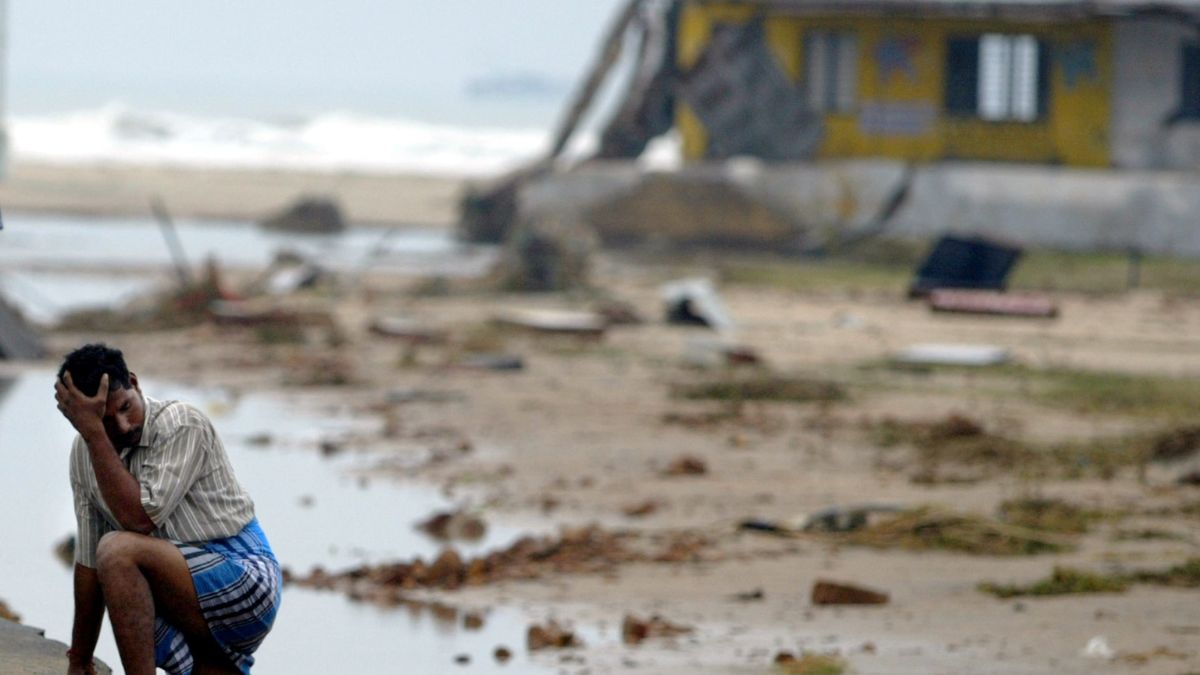


(Note: This review contains spoilers.)
When Keeley accidentally picks up a stranger’s phone instead of her own at the local fair, she finds herself in contact with Talon, a guy who at first seems to be nothing but a smart-mouthed, self-absorbed jock. But since Talon is now at football camp with her phone, they have to stay in touch for a week, forwarding each other’s messages as they await their chance to get their own phones back. And something strange happens during that week: Talon turns out to be more interesting, thoughtful, and considerate than she’d realized.
More than that, when talking with him, Keeley discovers a direct and confident side she didn’t know she had. It’s a good thing, because when they finally get together in person, she makes some discoveries that she’ll need all her newfound courage and confidence to handle.
For the most part, “Textrovert” by Lindsey Summers is simply a breezy summer romance, with a technological twist, for the high school set. But now and then, especially toward the end, it deals with some weighty issues that are all too relevant for contemporary readers — like the very real damage teenagers can do with cell phones, especially when they’re feeling insecure or hurt or vengeful.
One of the discoveries Keeley makes is that her own twin brother, Zach, once stole Talon’s girlfriend, Claire — and that Talon took revenge when he found out, by circulating intimate photos that Claire had sent him. The book doesn’t handle any of these events lightly. Over the course of the story, we see that Claire knows she made a mistake in sending the photos in the first place, and that Talon has long been genuinely remorseful about what he did and is trying to make things right with Claire. However, he vacillates between expressing his remorse to Keeley, and trying to defend himself for hiding the truth from her and begging her not to leave him, making her question whether she can trust him again.
We also learn that a lot of this behavior was fueled by alcohol, not just by normal adolescent angst. Zach especially has a worrisome tendency to drink, and sometimes to drive afterwards. Keeley tries to be available to pick him up from parties as often as possible, but when she can’t manage it, he goes ahead and hits the road without her. Sometimes he gets caught and punished, but still sneaks out anyway.
This issue is left as something of a loose end, as Keeley recognizes that her brother is using her and they both start working on improving their relationship, but Zach doesn’t seem inclined to stop his dangerous behavior. Other content issues in the book include some profanity and vulgarity, including some risque jokes from Talon, and some scenes of heavy kissing, including one scene where possible sexual activity is hinted at but not confirmed.
Though Keeley and Talon do reconcile eventually, it’s not until they have discussed the importance of honesty, trust, and loyalty. On the whole, the issues are handled better than in a novel like “What Light,” where the innocent girl is the “savior figure” for the formerly violent boy. Although “What Light” was somewhat better written in general, in “Textrovert,” the heroine does at least come across as more mature and more aware of what she’s getting into.
But parents of young readers will want to consider whether she should be getting into it. Even if Keeley forgives Talon, should they resume their romantic relationship? And given some of the forward things Talon says to her when they’re first talking, should they have gotten into one in the first place? If you have a son or daughter reading the book, these are some questions you might want to raise with them.
Review copy obtained from Barnes & Noble. Image copyright Kids Can Press.
Have a Follow-up Question?
Want to dig deeper?
If you want to challenge yourself as many others have done, sign up below.
Webinars
Short Courses
Up
Next














